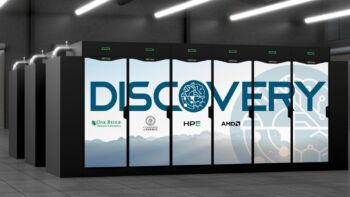Many organisations are enthusiastically investing in AI-based tools, hoping for immediate results – faster processes, time savings and increased productivity. Meanwhile, as with earlier waves of technology, it is not the technology itself that is the key to success, but how it is implemented. Or, more precisely, what processes it is embedded in.
Artificial intelligence can speed up, automate, prompt and analyse. But it will not fix an inconsistent process. On the contrary, introducing AI into an ill-defined workflow can result in worsening operational chaos. Therefore, companies that want to realistically harness the potential of AI need to start not by choosing a tool, but by redesigning what they already do.
AI is making its way into IT teams – but is IT ready for AI?
In recent months, IT teams have begun to test generative AI solutions en masse: from coding assistants to automated data analysis to chatbot support. Often, however, these implementations have proved disappointing. Why? Because they operate based on processes that have never been formally mapped or standardised.
A typical example: the implementation of AI in an IT helpdesk. The company implements a tool to automatically classify requests, but lacks clear categories, priority descriptions and escalation rules. The result? The system gets confused and user frustration grows. The problem is not AI, but a lack of operational foundations.
Workflow as the foundation of automation
The key to successful AI implementation is a well-designed workflow – one that is clearly defined, repeatable and measurable. One that can be described in steps, with a defined sequence, responsibilities and decision points.
First the process, then the AI
AI should not be seen as a way around operational problems. On the contrary, it should be embedded where processes are mature enough for AI to accelerate or automate them. Key principle: sort first, optimise later.
A positive example: the data team at a medium-sized company sorted out the directory structure, metadata, permissions and access policies. Only then did it implement an AI tool to support data classification and description. The result – accelerated data onboarding and increased end-user satisfaction.
A three-stage model for AI preparation
To use AI effectively, IT teams can use a simple but effective model to prepare workflows:
- As-is mapping
Identify what the process looks like today. Where are there downtimes? Where is data missing? Who is making decisions and on what basis? - Target state design (to-be)
Simplify what can be simplified. Reduce the number of steps. Identify new decision points – perhaps supported by AI. Rethink whether each step adds value. - Choosing places to apply AI
Identifywhere AI will realistically speed up the process. Data classification? Analysis of logs? Generating summaries? AI should support, not replace, the overall process.
The new role of the CIO: flow architect
In the context of AI, the CIO’s role goes beyond technology management. It becomes an operational architect who needs to understand business processes as much as the cloud architecture. AI is not another layer in the IT stack – it is a catalyst that forces a change in the approach to work design.
Too often today, implementing AI is akin to buying a jet engine for a bicycle. Without a solid process backbone, not only will we fail to achieve the intended results – we could lead to an operational disaster.
Recommendations for IT teams and technology partners
- Conduct a process mapping workshop with end-users before you decide to automate.
- Don’t invest in AI where the input data is inconsistent or outdated.
- Treat AI implementation as part of a wider operational transformation – not just a technological one.
- Ensure that operational teams understand how the new model works with AI – training on how to use the new tool is not enough.
AI only speeds up what works
The implementation of AI can be a powerful boost to efficiency. But only if the foundations are stable. Processes must be understandable, repeatable and measurable – otherwise artificial intelligence will only accelerate the mess.
For CIOs and IT leaders, this means one thing: don’t start with AI. Start with yourself. And with the process.












